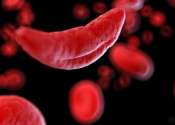Pulmonary arterial hypertension is incurable but animal model study suggests an experimental drug may be effective
An experimental drug that is already in clinical trials for other diseases could disrupt a positive feedback loop that exacerbates pulmonary arterial hypertension, a dangerous and rapidly fatal condition for which there is ...









